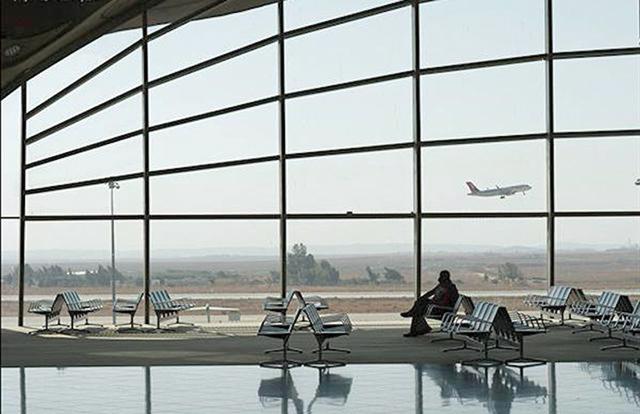AMMAN – Despite record-high domestic tourism revenue, outbound tourism is still“struggling” to bounce back from the impact of the COVID-19 pandemic, according to sector representatives.
Domestic tourism is flourishing, with hotel occupancy rates reaching unprecedented levels, said Hussein Hlalat, spokesperson for the Jordan Hotel Association (JHA).
Hlalat told The Jordan Times that hotel occupancy rates during Eid Al Adha were“extremely promising”.
“In Amman, occupancy rates reached 65 per cent, while Aqaba, the Dead Sea region, and Petra recorded occupancy rates of 94 per cent, 93 per cent and 40 per cent, respectively,” Hlalat added.
However, Basem Ghalayeni, Secretary-General at the Jordan Society for Travel Agents (JSTA), said that outbound tourism is still experiencing difficulties, despite inbound tourism’s gradual recovery to pre-COVID levels.
Ghalayeni noted that the average reservation rate for outbound travel packages during the Eid Al Adha holiday was between 60-70 per cent, which is relatively low considering it is the peak season.
Ghalayeni noted that outbound tourism relied on the postponement of loan instalments and the payment of June’s salaries prior to the Eid holiday, but many private sector institutions failed to comply with these measures.
Ghalayeni also noted that the upcoming Tawjihi exams, in which 150,000 students will participate nationwide beginning on Tuesday, rendered a“significant” number of individuals unable to travel until the exams conclude.
“For Jordanian travellers, Turkey, Sharm El Sheikh, and Georgia are the most popular destinations,” Ghalayeni noted.
In terms of inbound tourism, Jordan’s Golden Triangle – Aqaba, Petra and Wadi Rum – attracted the most visitors.
Ajloun also witnessed a high number of tourists due to the opening of Ajloun cable car, Ghalayeni said, noting that the attraction is considered a day trip destination for many.

